 Today’s blog post comes from Charon Gaskins, an AmeriCorps member with HandsOn Network.
Today’s blog post comes from Charon Gaskins, an AmeriCorps member with HandsOn Network.
For as long as I can remember, I’ve been doing community service. In college, I joined a community service sorority, Gamma Sigma Sigma National Service Sorority. As a member of this sorority I sought after a variety of service projects for my chapter to complete, I never thought about organizing our own projects.
It could have been because I was in college, taking a full load while still being active on campus, planning a project just didn’t seem like something that was easy to do. Flash forward a few years later and here I am planning my own community service projects! Through working with the GetHandsOn Campaign, I’ve been able to test out several of the project playbooks.
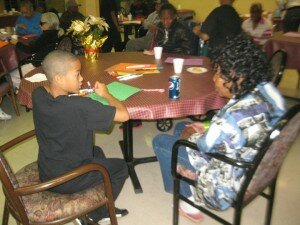 With the help of the resources I’ve found on the website, I’ve successfully organized several different projects in my community. From a snack and learn with elementary students to tilling the land and potting seeds for a community garden, this has been an amazing experience.
With the help of the resources I’ve found on the website, I’ve successfully organized several different projects in my community. From a snack and learn with elementary students to tilling the land and potting seeds for a community garden, this has been an amazing experience.
I was invited to speak to a group of 3rd and 4th grade students about what community service is. From that discussion, I had the students identify three areas where they were interested in doing community service. The group of students stated they wanted to work with senior citizens, so from there I worked to find a local senior facility for them to service at.
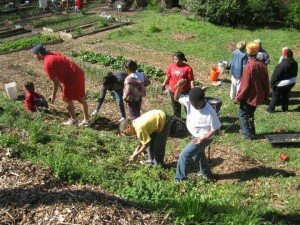 The excitement these students had while working with these seniors was heartwarming, and the seniors were so excited to have a group of youth come to visit them. I was told the students began bugging their teacher about their next service project on the way home from that project!
The excitement these students had while working with these seniors was heartwarming, and the seniors were so excited to have a group of youth come to visit them. I was told the students began bugging their teacher about their next service project on the way home from that project!
My most recent project was helping in a garden in the Atlanta area. There was a lot of maintenance this garden needed, because over the years they lost a lot of their volunteers. However, there is still a community of people that depend on this garden for fresh foods.
 Using social media and making announcements in our different circles, we were able to get about 35 people out in the hot sun ready to work. We tilled about two acres of land and potted over 300 seeds The volunteers for this project ranged from the ages of 13-60 years and everyone walked away from the project excited about coming back to actually plant the seeds in the garden in late April.
Using social media and making announcements in our different circles, we were able to get about 35 people out in the hot sun ready to work. We tilled about two acres of land and potted over 300 seeds The volunteers for this project ranged from the ages of 13-60 years and everyone walked away from the project excited about coming back to actually plant the seeds in the garden in late April.
One of the volunteers at the garden was actually someone that receives food from the garden and though she is suffering from lupus, she wanted to help out in whatever way that she could. It’s stories like this that keeps me motivated, doing everything in my power to leave a community changed by my presence.
I’ve had the opportunity to create several projects that focus on different areas and get my friends and family interesting in doing more service. Several times a week I get a call about a group that is interesting in doing community service, or someone has an idea about a project that they want to do but need some help making it happen.
Working with the GetHandsOn campaign has been one of my greatest joys because it has given me the opportunity to really work with people in the community that want to make a change. There are people that want to change things in their community but maybe sometimes it just seems so unattainable.
The truth is making a difference in your community doesn’t have to be some huge endeavor; it can be just one or two hrs. If you are looking for ways to get involved in service check out Get HandsOn or HandsOn Network’s Action Centers for opportunities in your area!
Charon serves as an AmeriCorps National Direct member. She is a member of Gamma Sigma Sigma National Service Sorority. She is based in Atlanta, Ga. where she is active in the West End Community.

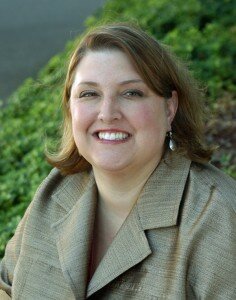 By now some of you have probably heard the tragic news that Sara Ballard, Executive Director of the
By now some of you have probably heard the tragic news that Sara Ballard, Executive Director of the 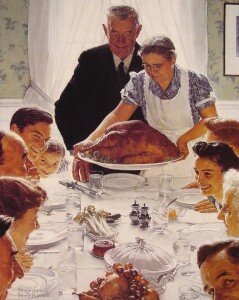 When family and friends come for a visit during holidays, there’s nearly always a large meal that brings everyone together to share food and stories.
When family and friends come for a visit during holidays, there’s nearly always a large meal that brings everyone together to share food and stories. Today’s post comes from Sandy Warrick, a Scholastic 2010 Be Big Contest winner.
Today’s post comes from Sandy Warrick, a Scholastic 2010 Be Big Contest winner.
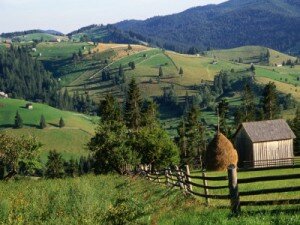
 Make sure staff have worked with the community or have taken the time to get to know the community.
Make sure staff have worked with the community or have taken the time to get to know the community.
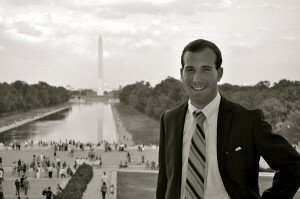 oday’s post comes from Chris Golden, Executive Director and co-founder of
oday’s post comes from Chris Golden, Executive Director and co-founder of 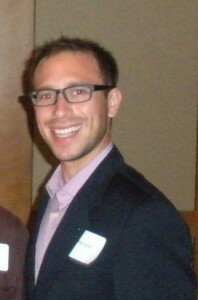 Today’s blog post comes from Perry Teicher, a Returned Peace Corps Volunteer who served in Kazakhstan from 2007-2009. This is the fourth of five posts about his
Today’s blog post comes from Perry Teicher, a Returned Peace Corps Volunteer who served in Kazakhstan from 2007-2009. This is the fourth of five posts about his 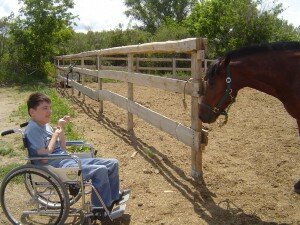 Starting with one participant – Yan – over 10 children eventually participated in our riding program. Over the course of the months, parents started noticing changes in their children; ranging from becoming more outgoing to better posture. In addition to the parents and riders, our volunteer played a role, learning how to work with horses and learning basic therapeutic techniques.
Starting with one participant – Yan – over 10 children eventually participated in our riding program. Over the course of the months, parents started noticing changes in their children; ranging from becoming more outgoing to better posture. In addition to the parents and riders, our volunteer played a role, learning how to work with horses and learning basic therapeutic techniques. Today’s post comes from Cher Hale, a student and activist in Las Vegas, Nevada.
Today’s post comes from Cher Hale, a student and activist in Las Vegas, Nevada.
 Sparked provides a place where nonprofits can post small, digitally-based volunteer opportunities that can be done in a small amount of time. These opportunities aren’t just computer-based; many of the opportunities can be done on a smart phone, so time spent waiting in line at the grocery store can turn into time helping to improve a user’s experience with a nonprofit’s website.
Sparked provides a place where nonprofits can post small, digitally-based volunteer opportunities that can be done in a small amount of time. These opportunities aren’t just computer-based; many of the opportunities can be done on a smart phone, so time spent waiting in line at the grocery store can turn into time helping to improve a user’s experience with a nonprofit’s website. After the logistics of the event are worked out, the clean up day comes and everyone comes together at the park. As they work together, they achieve their goal (a clean park) and the group members gain a shared status of people working together to make their neighborhood better. After a few more projects, members of the group bring in their friends and the group grows in size.
After the logistics of the event are worked out, the clean up day comes and everyone comes together at the park. As they work together, they achieve their goal (a clean park) and the group members gain a shared status of people working together to make their neighborhood better. After a few more projects, members of the group bring in their friends and the group grows in size.
